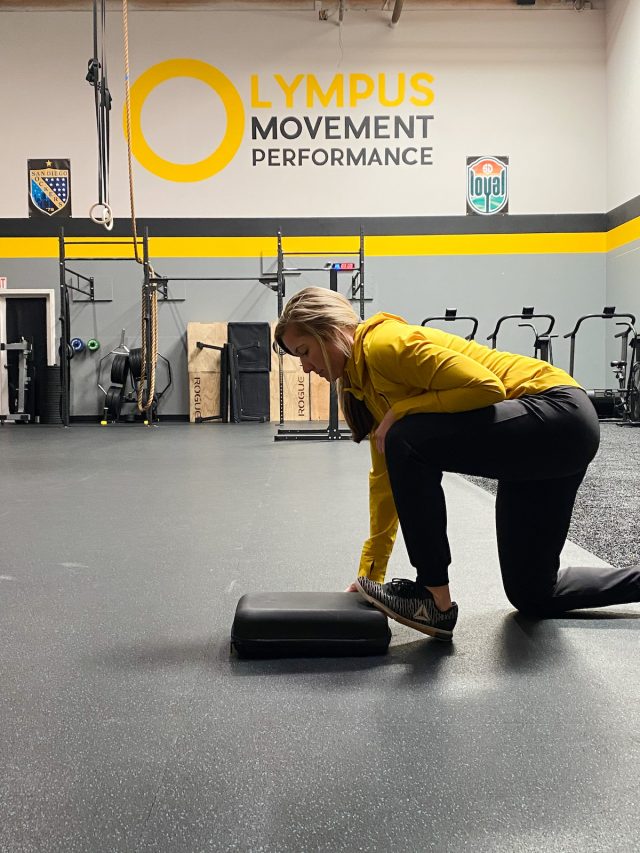Why are my shins hurting while I play? Many people have heard the term “Shin Splints” and I am sure you have used it a time or two to describe yo
Why are my shins hurting while I play?
Many people have heard the term “Shin Splints” and I am sure you have used it a time or two to describe your shin pain. But, what are shin splints? Shin splints, or in the medical field, Medial Tibial Stress Syndrome, is an overuse repetitive trauma to the outer layer of the tibia bone creating an inflammatory response in the muscles, tendons, and surrounding tissue. This is an initial stress reaction to the bone and if not treated can lead to a potential stress fracture. This trauma usually occurs from constant repetitive impacts with to the leg from something such as running and jumping with poor mechanics. (Dr. Marc Hardwood, MD, “Five Steps for Dealing with Shin Splints Playing Soccer, 2019)

Medial Tibial Stress Syndrome or shin splints, is a minor injury that can be prevented with proper movement, strength, and training loads. Preventing shin splints should be an athlete’s first goal. Wearing proper training shoes that are supportive and fit properly to the athlete’s foot, as well as, suited for the type of training they are participating in is important. Cleats, like shoes wear out over time and can become less supportive so it is important to replace them at least each season, but potentially more frequently.
Proper mobility, dynamic warmups and stability exercises for the foot and hip, including eccentric exercises for the calves, can also help prevent shin splints. Keeping the surrounding muscles and joint mobile and stabile are the best way to protect the bone and tissue. Incorporating soft tissue mobilizations for the foot, calves, medial and lateral shins, as well as ankle mobility and/ or stability are all keys; AND don’t forget about the hips and proprioceptive exercises.
It is important to recognize the signs and symptoms of shin splints in order to further aggravate the injury. Common symptoms are any sort of tenderness along the shin bone and pain with any of the following: walking, running, and pointing or flexing the foot. Pain may only occur during exercises and subside at rest, but can remain post exercise as well.
Taking care of shin splints is important for a quick recovery and return to play. Once the injury is recognized as shin splints it is important to initiate the recovery and treatment process. Taking a look at your movement- running mechanics, foot intrinsic activations as well as, the condition of shoes/cleats, the surface you are training on- such as concrete, grass, turf, etc, and the duration of training and load are simple steps towards recovery. Find a movement physical therapist that can provide a thorough evaluation, implement proper mobility and stability exercises and modify training loads and volumes can all aid on accelerating faster pain free return to play.
Treatment can be as simple as using voodoo floss or PowerDot to combat the pain and inflamed tissue for the first few days. Using kinesiology tape such as RockTape to promote increased blood flow to the tissue and lymphatic drainage out of the affected areas, especially during exercise. Strengthening the ankle and hip muscles to provide better support to tibia control and increasing mobility in the joints to make sure the body is moving at the optimal performance capacity will all help combat shin splints. (Refer to Dr. Alf’s “What is Mobility?” Article, https://www.soccernation.com/what-is-mobility-great-info-this-week-from-olympus-movement/)
Remember, preventing injuries should be a priority, not recovering from injuries. Always warm up correctly prior to exercise, wear correct and supportive equipment and gear, and post-exercise cool down, stretch, foam rolling, etc is just as essential to the body as a warm up is.
